One Drop GZR Line
Reviewed by Chris Rhoads
August 19, 2012
Introduction
This review is going to be different from the other reviews I have written. I am looking at three yo-yos instead of the usual one. I guess the first thing I should do is explain what the GZR line is. One Drop took three of their most popular designs, CODE1, CODE2, and 54 and machined them out of 7075 aluminum instead of the normal 6061 aluminum that they have previously used. 7075 Aluminum is a denser than its 6061 counterpart making for a slightly heavier yo-yo. The reason for the line was a test to see how the switch would affect the play of the design. One Drop has been using the stronger 7075 aluminum for quite some time, just not for yo-yo bodies. All aluminum Side Effects are made from 7075. The reason for this experiment actually stems from an argument on the One Drop forums that some may refer to as the “Great Button Debate”. It started out as a complaint that a thrower hit a plastic button on his shirt with his CODE2 and scuffed it. His assumption was that the cheaper alloy was the sole reason for the damage; physics had nothing to do with it at all. The debate degraded into various assumptions about the machining capabilities of One Drop and other American manufacturers being inferior to the Japanese counterparts because Japan makes “the best” 7075 yo-yos. Silly, I know but here is the crazy part. Instead of just ignoring the minority opinion in the thread that 7075 makes for a better yo-yo the guys at One Drop looked at each other and said “what the heck”, chose three of their most popular designs, and made a small, 10 unit run of each in the denser alloy. I cannot stress this enough, the alloy change is the ONLY difference. Shawn, One Drop’s resident genius in all things machining, took the original program for each yo-yo and ran them for the 7075 versions. No tweaks to weight distribution were made; this is pretty much the purest comparison between the two alloys as it pertains to yo-yo manufacturing. Now lets see if the switch makes a positive or negative impact on the play.
Specs
All the specs of the three GZR yo-yos are identical to their 6061 counterparts with the exception of weight. I am just going to list the weight differences here.
• GZR CODE1 Weight: 66.37 grams (up 2.37 grams from the stock CODE1)
• GZR CODE2 Weight: 69.2 grams (up 2.5 grams from the stock CODE2)
• GZR 54 Weight: 63.63 grams (up 2.13 grams from the stock 54 with aluminum Lego Side Effects)
Construction
With the construction being identical I am going to post the links to the original reviews so that you can cross reference the construction of each.
• CODE1 Review
• CODE2 Review
• 54 Review
A few notes about anodizing 7075 aluminum. It is harder, and therefor more expensive, to anodize. The upside is that anodized 7075 is “shinier” and more metallic looking than 6061, giving it an eye popping solid color. The downside is that the anodized finish is not as durable on 7075, meaning it is actually easier to scuff the surface. This has nothing to due with the talent of the anodizer and everything to due with the properties of the alloys involved. The higher expense in anodizing and the higher cost of the 7075 alloy translates to a $30 increase in the price over each yo-yo’s 6061 counterpart.
Weight
With the switch to a denser alloy came a bump in weight across all three designs ranging from 2.13 to 2.5 grams. This bump gives each yo-yo a bolder feel on the string and, as expected, a little slight slow down in speed. All three of them hit harder on the string and spin longer during play. I will get into how the weight changes affected the play of each one in the playability section. Over all the change is welcome but I found that the stock Side Effect set up needed some tweaking.
Playability
I am going to break down this section and talk about each yo-yo individually with regards to how it compares to the original.
CODE2 GZR – The CODE2 GZR was the first in the series. Over all I was a little underwhelmed with the stock setup for the CODE2 GZR. It was a little too heavy for my tastes, but then again I am not a huge fan of many yo-yos over 67 grams. It sure as heck spun for days but the added weight was just a tad too much for a yo-yo that, in its 6061 form, was pushing my comfort zone. Swapping out the spikes for a set of Ultra Lights made all the difference. Even though it was a reduction of only 0.7 grams it brought the speed back to a comfortable level for me yet still retained the crazy spin times. Even though the stock set up was not my cup of tea I can see this being One Drop’s 3A specific yo-yo. The CODE2 has always been crazy stable and the GZR version builds on it that quite a bit. Going over what a lot of my 3A friends have said, the GZR CODE2 has the stability, beefy rims, long spin times, and large catch zone that they look for in a set.
CODE1 GZR – This is the one that shocked me most of all. I thought I met my perfect CODE1 when I picked up the limited edition Relic Edition from Brett. The Relic shipped 1.2 grams heavier than the standard CODE1 thanks to it shipping stock with brass Ultra Lights. Playing the Relic with stock CODE1 Side Effects for the past couple weeks just seems wrong compared to the set up that I am use to. Enter the CODE1 GZR. It has the same bold play, heavy hit, and long spin times that came with the CODE2. As shipped, it is 2.37 grams heavier than a stock CODE1 and still 1.17 grams heavier than my Relic. With the CODE1 Side Effects I found the CODE1 GZR played brilliantly but, being the constant tinkerer, I had to play with the set up a bit. I tried every Side Effect I had on it and came up with the sweet spot of aluminum domes. Holy heck Batman!!! Switching to domes brought it back down to the weight of my beloved Relic CODE1 with brass Ultra Lights but the spin times were off the scale. I hate to say it because I love the looks of the Relic but the GZR with Aluminum domes has become my go to CODE1 of choice. The heavier rims improve on the play while retaining the feel that I have grown to love out of the CODE1. I guess I am going to have to break down and buy a set of purple domes, just to give it a little bit of a Joker feel.
54 GZR – The 54 in general is unique among the Side Effect enabled yo-yos. Being the first, One Drop shipped it with two sets of Side Effects in order to give the users a taste of how this all works. It is worth keeping in mind the 54 was the only Side Effect yo-yo for quite some time so most of the current Side Effects were designed using the 54 to test them. With that in mind I have never really considered the 54 to ever have a “stock” set of Side Effects. When the GZR version shipped with Lego Side Effects I didn’t think anything of it. I pulled it out of the box and threw an orange Thin Metz string on it and began throwing. Impressed is an understatement. The 54 has always been one of my favorites and the GZR version just seems to enhance the feel of it. The change in play is not readily apparent until you throw it side by side with a standard 54 set up with aluminum Lego Side Effects. It is ever so slightly slower but again spins like mad. The interesting thing is that it does not have as much of a heavy hit on the string compared to others in the GZR line. While I would not go so far as to say that this is how the 54 should have been made I will say that just like the CODE1 this has become my go to 54.
Final Thoughts
Bottom line, the GZR line is an interesting experiment. All the yo-yos play like the originals but have more oomph to them. This can easily be explained by the fact the weight distributions stayed identical and only the alloy densities changed. The funny thing is that the GZR line shows off the Side Effect system more than the “god like” properties of 7075 aluminum alloy. Two of the three GZR yo-yos took quite a bit of tinkering in order for me to find a sweet spot in play, one because the shipped version did not meet my desired feel and one because I wanted to see just how much better I could make it. After doing so I ended up with three yo-yos that played exceptionally, that would not have been possible if I was unable to tweak things. Now for the elephant in the room, do we need the 7075 version GZR line? Honestly, I am going to cop out and say I don’t know. Here is the thing, the original yo-yos were amazing in their own right and have garnered quite a bit of praise in the community. A conclusion that we can make from this experiment is that it is less about the materials and more about the designers. David and Shawn know how to make amazing yo-yos no matter what metal is used. I would be willing to bet my Sovereign that Shawn and David could have made yo-yos that play similar to the GZR line out of 6061 alloy. It would have required adding a little weight and tweaking the distributions on the original designs but I am sure it could be done. Now that being said, you should definitely give the GZR line a throw if you have the opportunity. The GZR line is incredible. It gives you a chance dial it in to your preferred feel even more, especially for those that want a little more heft in the rims. After playing with all of these yo-yos I am left wondering if there is a scenario where you would absolutely need 7075 alloy in order to make the design. I guess time will tell.

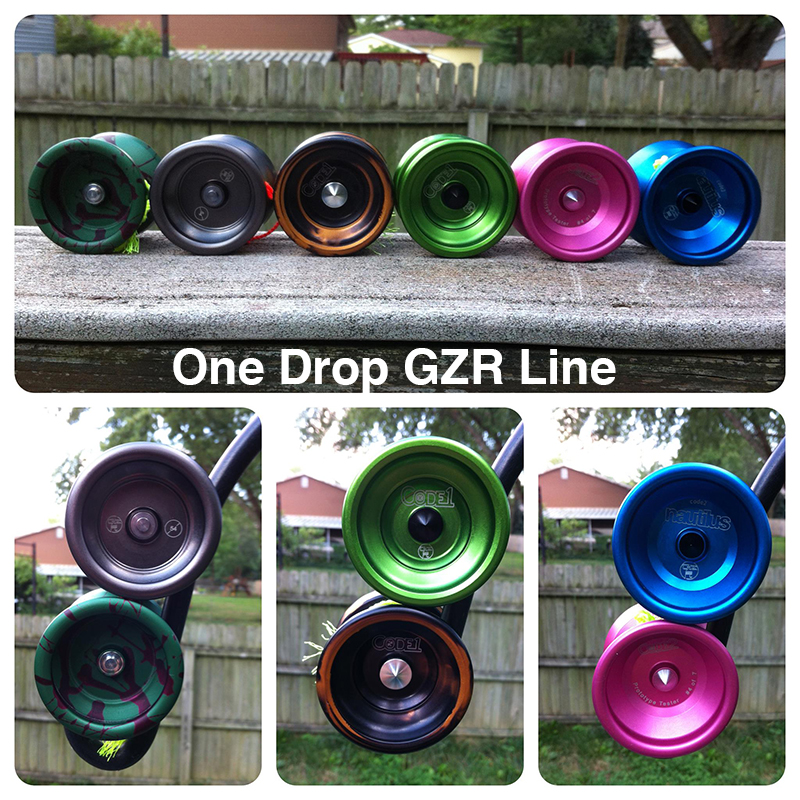
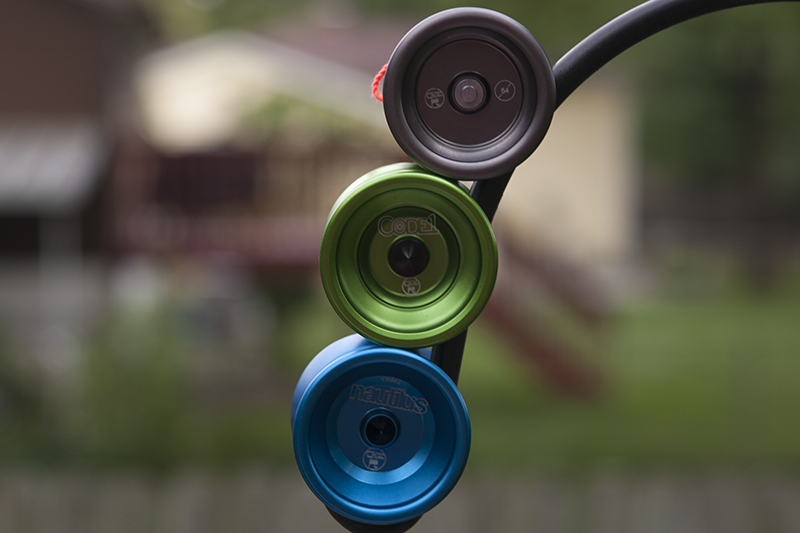
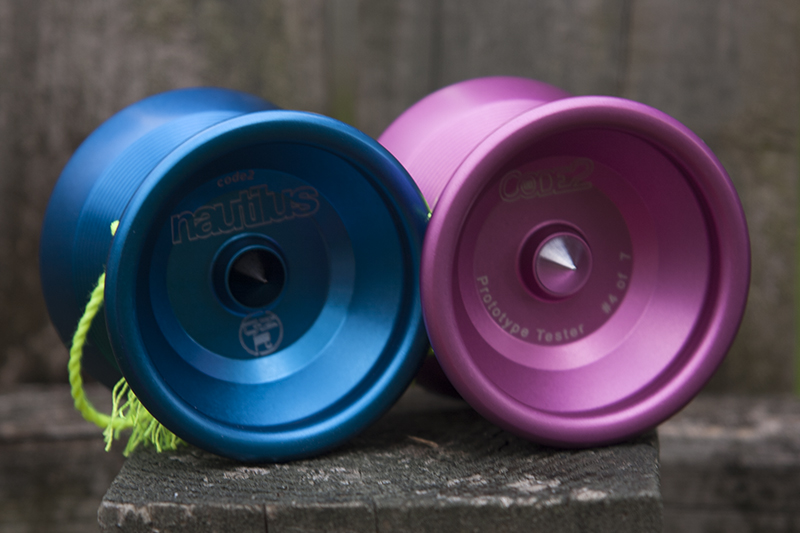
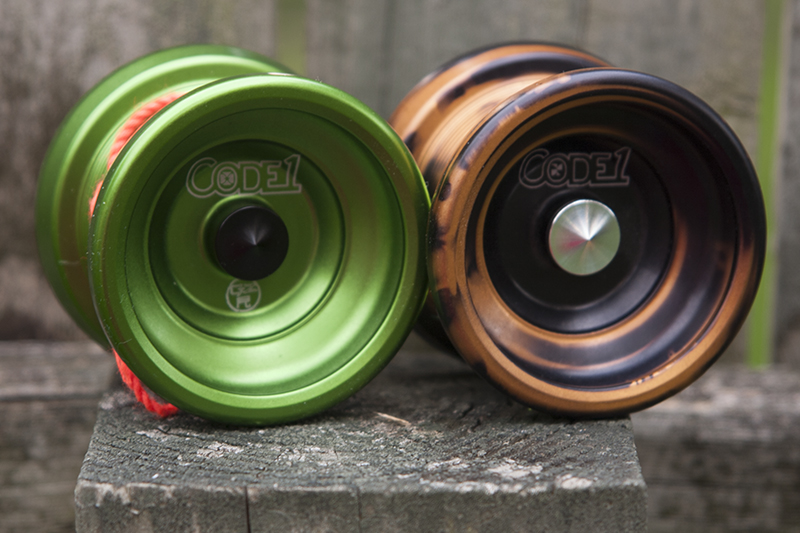
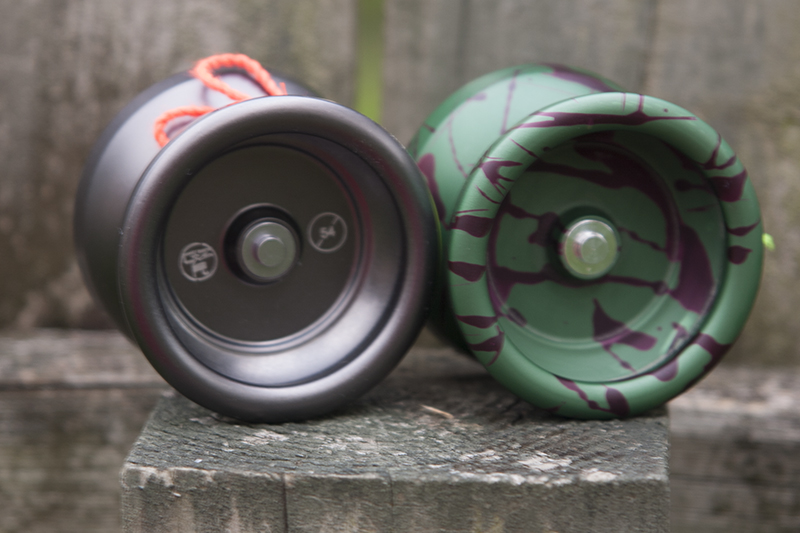

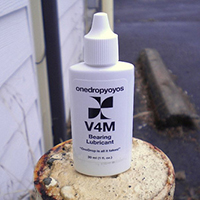
#1 by Le Duc Huy on August 25, 2012 - 11:34 am
Quote
Hi ! I’m come from YoYo Viet Nam forum : http://yoyo4vn.com , this reviews is realy great , i love it ^^~